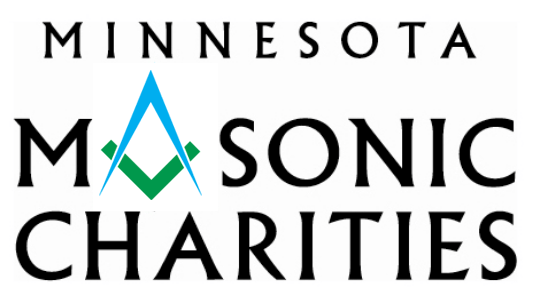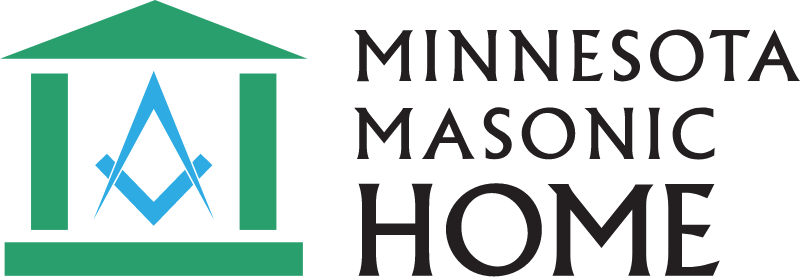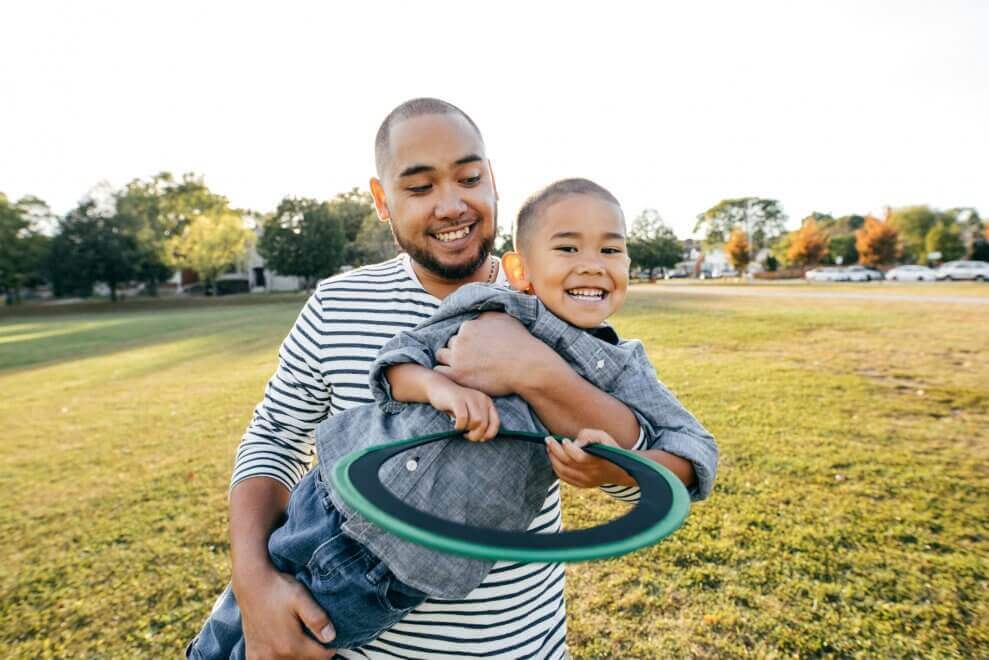This is the time of year when masks and costumes are highly visible to children. They are in advertisements, stories, and quite possibly in their homes and classrooms.
Mask activities can be flexible and build on you child’s current level of language and pretend play skills.
I work with Lewis, a seven-year-old boy with a diagnosis of ASD. Lewis has some pretend play skills, but he doesn’t typically verbalize his pretend play ideas or allow others easily into his play world.
Lewis was very interested in the masks last week and a game was quickly created when he put on a cat mask. He looked in the mirror and said, “meow.” Then he looked at his mother and she said, “Nice kitty.” Lewis responded by hissing at her. Mom responded by saying, “Ooooh, scary kitty,” with a lot of vocal and facial expression. Seeing the potential of a great back-and-forth game, I modeled, “Nice kitty say meow.” Lewis looked at me and meowed and then hissed at me. Lewis joyfully pretended to be a nice kitty and a scary kitty for at least four back-and-forth exchanges.
This is a great simple game because Lewis was sharing his pretend play with others. In fact, the play wouldn’t be as rewarding without the response of others pretending to pet him and say “nice kitty,” or pretending to shrink back in fear and say “scary kitty.”
The game can be as short or as long as your child wants and a variety of masks may be used. The masks we used were found on free, printable sites, laminated, and then had a craft stick attached for easy handling. Here are some links to resources:
Additional blog posts about mask games:
http://autismgames.blogspot.com/2008/10/mask-games.html
http://www.speech2u.com/2012/10/halloween-masks.html






